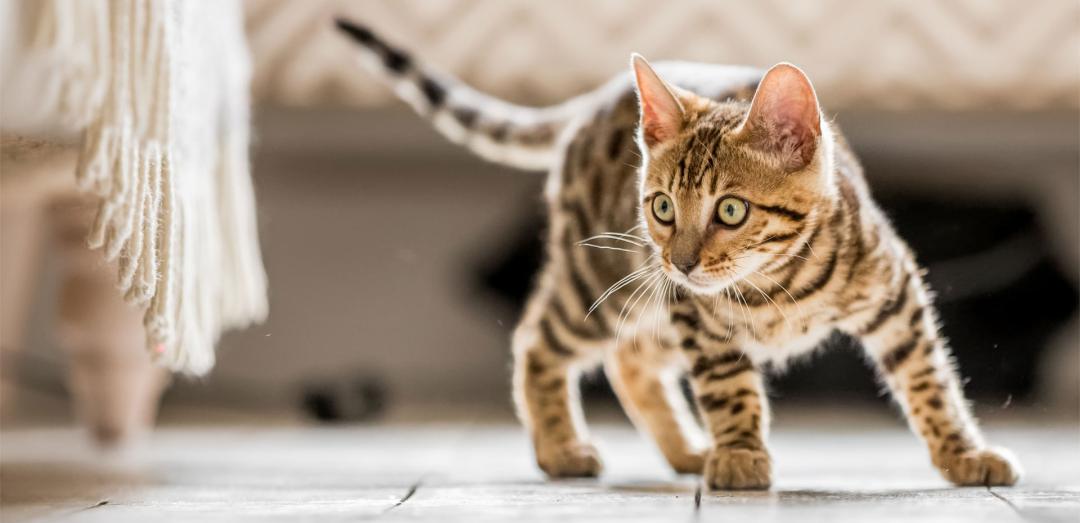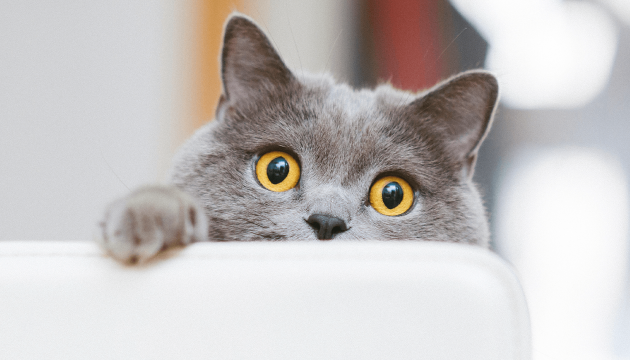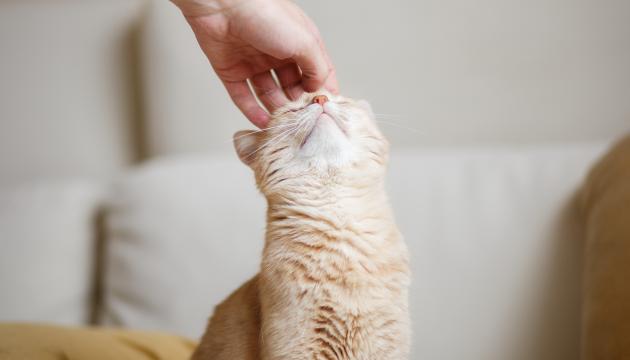

Kitten Development by Week
The kitten development by week is remarkably rapid, even for family members who are less observant. Watching the kittens' great eagerness for adventure is delightful – both in the kitten box and later in the hidden corners of the home. You cannot help but laugh at the little adventurers' endless hunger for experiences.
In this article, the kitten development is divided into the following stages:
- Week 1: Newborn Kitten
- Weeks 2–4: Early Socialisation
- Weeks 5–6: Weaning and Exploration
- Weeks 7–8: Early Independence
- Weeks 9–12: Social and Physical Development
- Weeks 13–16: Adolescence
The kitten development includes clear milestones, but there is also room for individual variation. One kitten may show rapid physical development by padding around, while another prefers to snooze nestled next to its mother.
Week 1: Newborn Kitten
Physical Development
Kittens are born blind and deaf, with eyes closed and ears folded. They weigh about 85–115 grams at birth and are entirely dependent on their mother for warmth and nourishment.
The kitten development by week is especially rapid in the early stages; kittens grow quickly and can even double their birth weight during the first week. Newborn kittens rely heavily on their senses of smell, touch, and taste.
Behaviour
Kittens can only purr or meow very softly. They cannot regulate their body temperature, so they stay close to their mother and siblings. They move towards their mother's nipples, guided by instinct, and their day largely consists of sleeping and eating.
Studies suggest that the mother cat recognises her own kittens individually by their voices, even though the tiny kittens cannot yet hear their own voices.
Milestones
Kittens' eyes begin to open at about 7–10 days old, but their vision is still blurry. Initially, their eyes are blue.

Weeks 2–4: Early Socialisation
Physical Development
The kitten development takes a leap in the third week when kittens’ senses begin to sharpen. The ears fully open, and kittens start responding to sounds – their perception of the environment changes significantly. Now they hear not only the sounds around them but also their own voices and its different tones. Additionally, baby teeth start to emerge at around three weeks old.
Behaviour
Kittens begin to crawl in the second week, but their movements are still quite uncoordinated. By four weeks old, they curiously explore their environment and become more active. They stand initially with a wobble, but as they gain strength, they actively pad around their surroundings. The mother licks and grooms her kittens, and they may imitate this behaviour.
Playing with littermates begins, which is especially important for developing social skills. In the kittens' weekly development, two sensitive periods are noticeable, both starting when they are about two weeks old. The sensitive period for body language and facial expressions lasts until the kittens are 14 weeks old, while the sensitive period for socialisation ends at around seven weeks.
During the body language sensitive period, the kitten learns to speak the language of its species and influence its siblings' behaviour through its own gestures. During socialisation, the kitten learns to recognise friendly species, potential prey, and predators. If, for example, a cat-friendly dog awaits the kitten in its new home, it is highly recommended that the kitten has positive experiences with dogs during this sensitive period.
Socialisation, part of kitten training, often falls to the mother cat's owner. When a kitten interacts with various people, its siblings, and possibly a dog accustomed to cats, the number of species the kitten perceives as friendly increases significantly. A kitten that is ready for rehoming at least 14 weeks old already has a strong understanding of what to be cautious of in life and what things are part of a safe daily routine.
Milestones
The kittens' umbilical cords fall off when they are about two weeks old. At around 3–4-weeks-old, the kittens may follow their mother's example and start using the litter box. Four weeks old kittens can also regulate their body temperature.
Do you know how to teach your kitten everyday skills? Read our tips for kitten training!

Weeks 5–6: Weaning and Exploration
Physical Development
By now, the kittens' baby teeth have developed, and they begin to broaden their diet from their mother's milk to soft solid food. Their coordination improves, and they are steadier on their feet.
Behaviour
The kitten development is particularly fun to observe at this stage, as they become very active and start exploring their environment more independently. Play becomes more complex, including climbing, sibling chases, and hunting small moving objects like dust bunnies. Playing teaches kittens predatory behaviour and social boundaries.
Kittens begin to become more independent but are still reliant on their mother's nourishment and closeness.
Do you already know which amino acids your kitten needs from its food? Check out our tips for feeding a kitten!

Milestones
Kittens begin to wean at around 4–6 weeks old, although they may still occasionally taste their mother's milk. Generally, they fully wean from their mother's milk at about 6–8 weeks old.
Kittens start grooming themselves, although the mother still licks and cares for them. Their eyes begin to change to their final colour when they are about six weeks old.
Weeks 7–8: Early Independence
Physical Development
The kittens' senses have fully developed. They are becoming more agile and confident in their movements.
Behaviour
Kittens become more independent and explore their environment with determined confidence. Using the litter box is usually fully mastered at this stage.
They learn more behavioural patterns by playing with their siblings and humans. They also experiment with different nuances of body language to see how it affects their siblings and continue to mimic their mother’s behaviour.
Milestones
Kittens can be vaccinated against feline distemper and flu at around eight weeks old. A booster vaccination should be given approximately 3–4 weeks later, when the kitten is about 12 weeks old.
Weeks 9–12: Social and Physical Development
Physical Development
Kittens grow rapidly during this stage. Their bodies strengthen, and their movements become more precise.
Behaviour
Kittens continue to develop their hunting and play skills through complex and interactive games. Playmates may include for example siblings, the mother, and humans.
Their different personalities begin to emerge more clearly. One kitten might be a particularly active and vocal adventurer, while another seems to love the company of siblings or humans and does not really enjoy being alone.
Milestones
The booster vaccination against feline distemper and flu is usually given when the kitten is about 12 weeks old.

Weeks 13–16: Adolescence
Physical Development
Kittens now look like small adult cats. Their motor skills have developed well, and they are strong and energetic.
Behaviour
Kittens may start to show territorial behaviour, such as marking their territory. Interest in new, possibly still unknown areas of the home may also increase – do not be surprised if you find one of the kittens wandering around unlikely places.
Kittens hunting skills have developed through play, and they may exhibit instinctive behaviours familiar from adult cats. For example, they might leap after a fly that has entered the house with instinctively quick movements.
Milestones
At 14 weeks old, kittens still have much to learn and grow, but most are ready for adoption. The kitten development culminates at 16 weeks old, by which time the kittens are usually independent and physically developed. The new kitten owner should remember that kittens aged around 16–20 weeks can be vaccinated against rabies.
Kittens become fully grown at about 12 months of age. However, for some large cat breeds, reaching full maturity can take up to 15 months.



